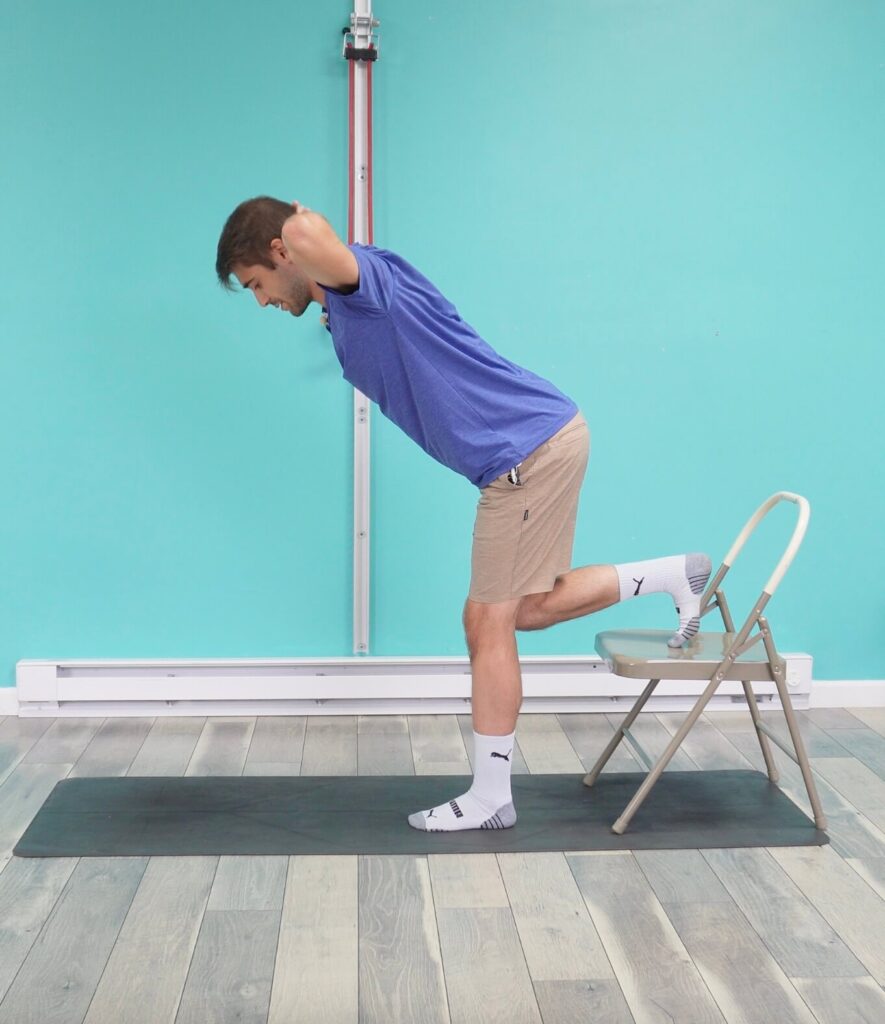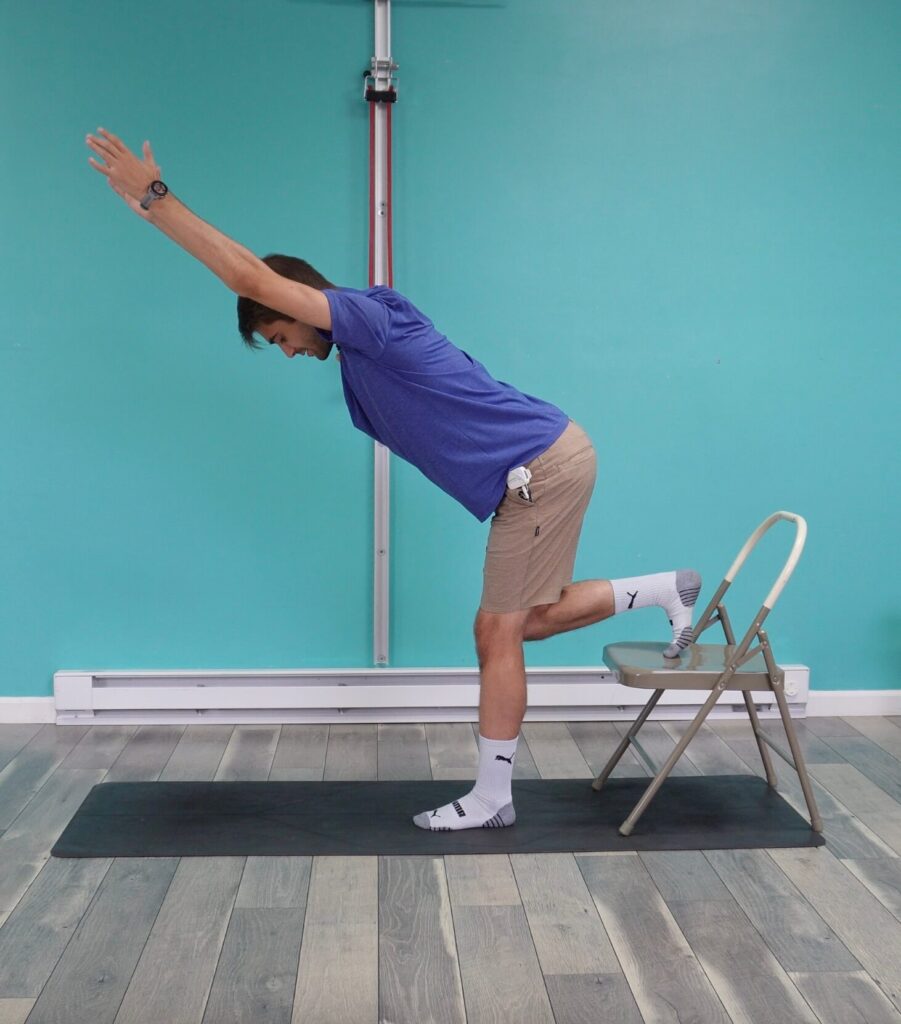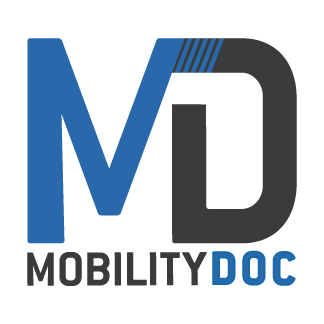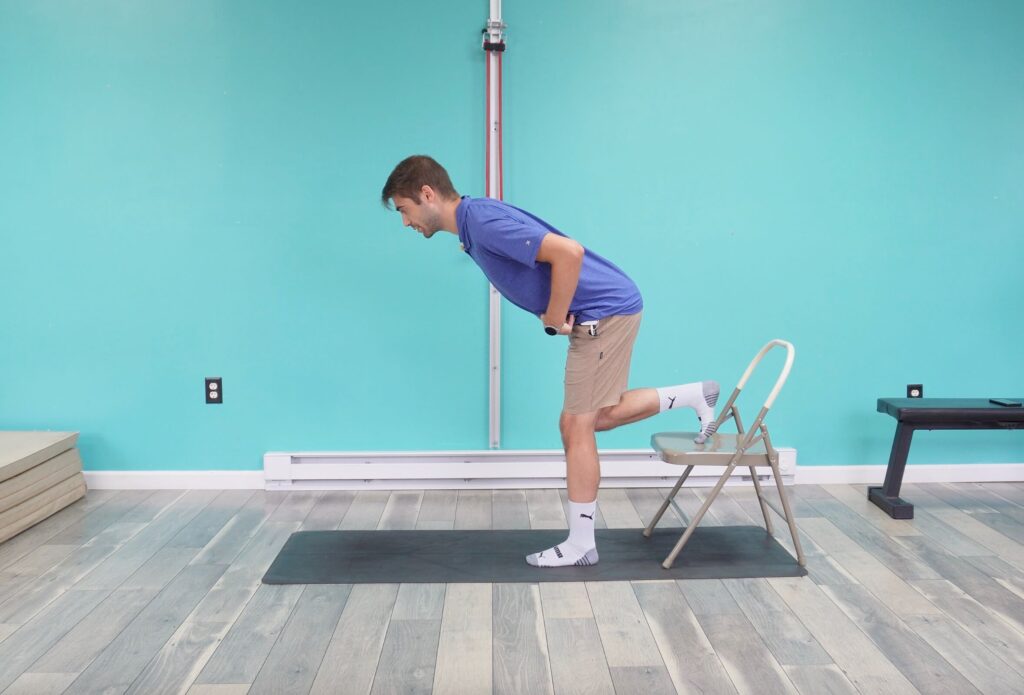The RDL is a classic hip hinge exercise for building strength and control in your hamstrings, glutes, and core. That being said, progressions can be tricky. A single-leg RDL is tough for balance and strength, while an asymmetrical RDL can feel too easy. The rear foot elevated RDL bridges that gap. It gives you more challenge than an asymmetrical variation, but more stability than going fully single-leg. It’s also great as a stand alone exercise. Let’s dive in!
Why Hip Hinges Matter
The hip hinge is one of the most functional movement patterns you can train. It’s the foundation for lifting, running, and jumping. A strong hinge builds power in your glutes and hamstrings while also protecting your lower back.
Hinge variations like the RDL teach you how to load your hips instead of your spine. That skill transfers directly into sports and daily life. Think about lifting groceries, picking something off the floor, or exploding out of the blocks. It all comes back to hinging well.
Single-leg RDLs push that skill even further. They challenge balance, coordination, and hip control on one side at a time. But if single-leg feels too hard and asymmetrical too easy, the rear foot elevated RDL gives you the bridge you need.
Between RDL Stages
If you’re stuck in limbo where asymmetrical RDL’s are just too easy but single leg RDL’s are out of reach, this exercise is perfect. With this variation you get all the benefits of single leg stability work but with some help. Elevating the back foot to a chair or bench is the perfect way to simulate that single leg work while adding extra balance. This makes the rear foot elevated RDL an excellent progression if you’re in between stages. It also stands on its own as a great exercise.
Not Just A Progression
Using the rear foot elevated rdl as a stand alone exercise is just as effective. You’ll train your hips, improve balance, and learn how to control your movement. When performing this RDL, you can choose from two challenging variations. In the first, place your hands behind your head and cross your fingers. This position forces you to keep your posture tall and your upper back active. In the second, extend your arms straight and bring them up by your ears. Reaching long in this position makes your core work harder and helps you stay aligned throughout the movement.


Common Errors
RDL’s are easy to compensate in. Make sure you go through this mental checklist!
1 – Are my hips square and pointing forward?
2 – Is my knee slightly bent? (don’t overbend!!!)
3 – Am I hinging from my hips and not my knees?
4 – Am I keeping a nice straight spine and not rounding my back?
Watch The How To Video Here
The rear foot elevated RDL gives you the best of both worlds—stability from your back leg, and asymmetrical challenge from your standing leg. Use it as a bridge when you’re not quite ready for single-leg, or keep it as a stand-alone lift for long-term strength gains. Either way, your hamstrings and hips will thank you.
New To RDL's?
Check out this detailed breakdown with Dr. Chloe! She goes through 4 key variations that will get your hip hinge stronger than ever! Great for beginners and experts that need a refresh
Do Your Hips Need More?
Need more than just a hip hinge progression? The MDRx Hip program helps restore balance, control, and strength where it matters most. Instead of grinding through plateaus, reset your hips and unlock the power to move better.





